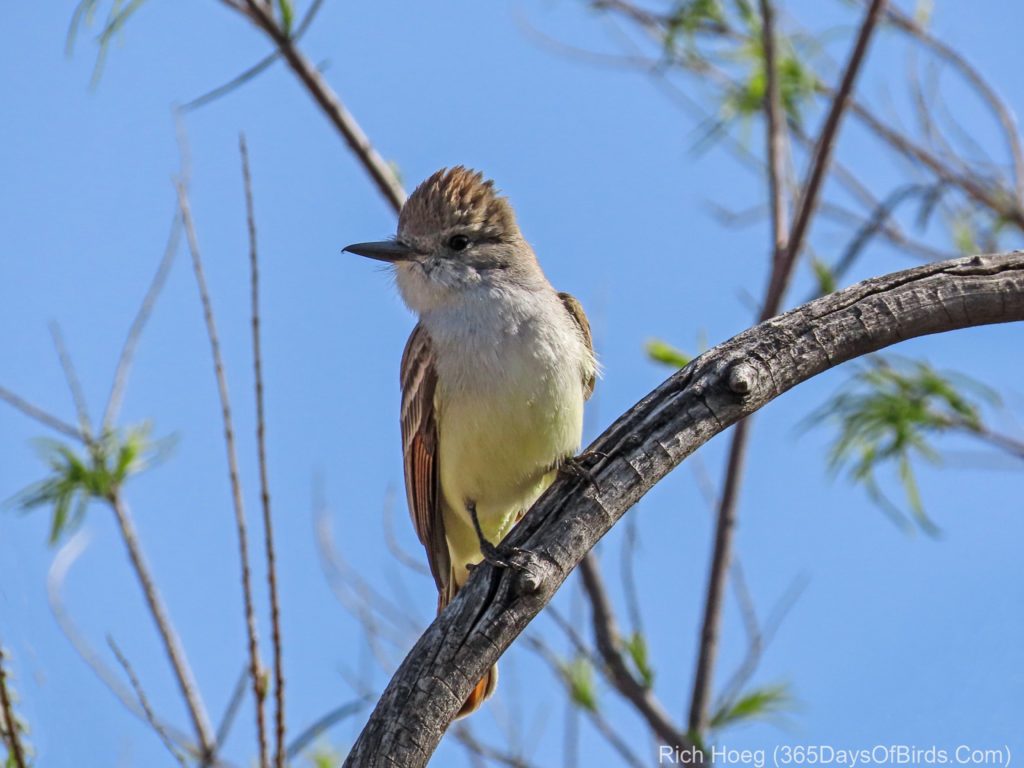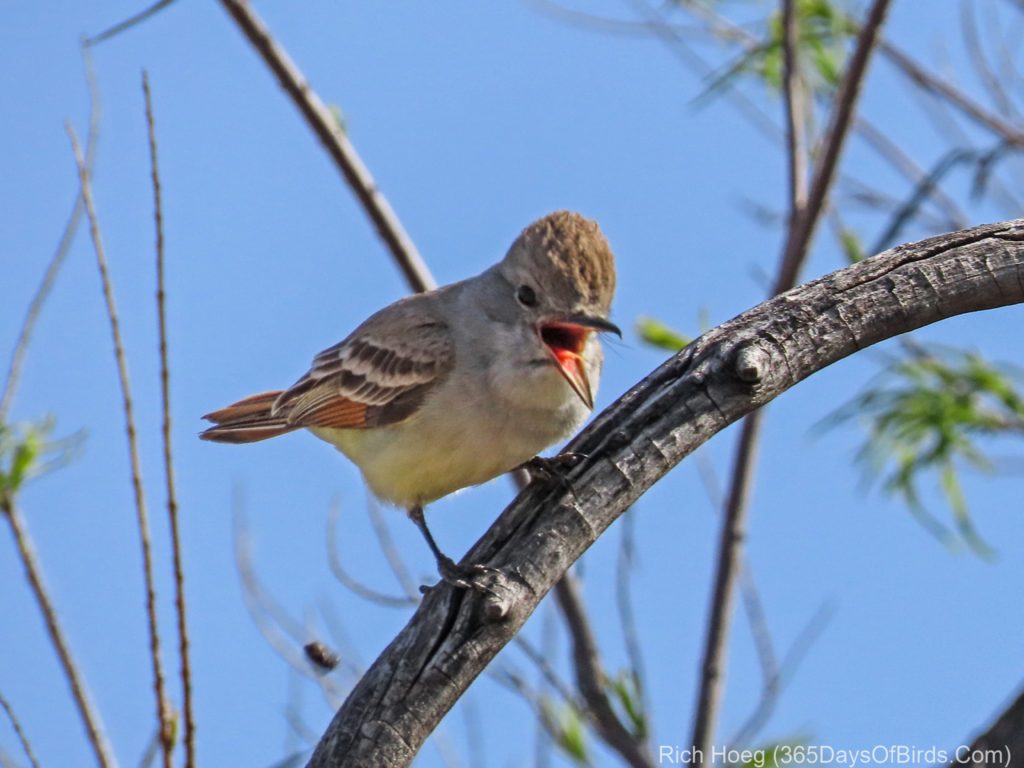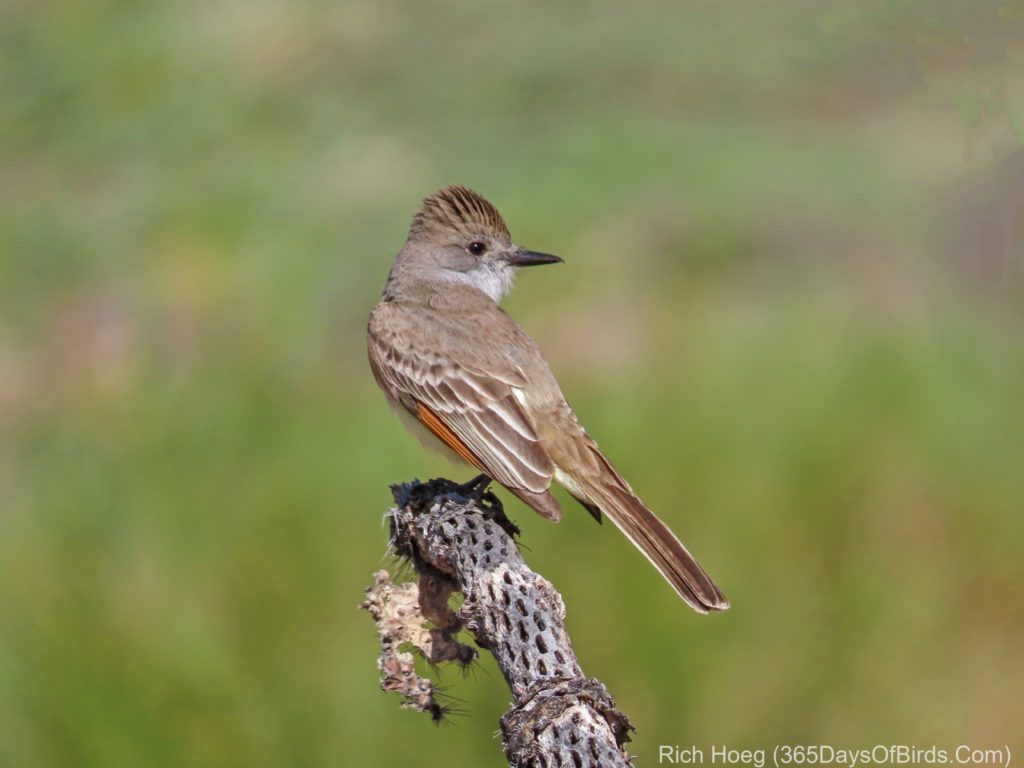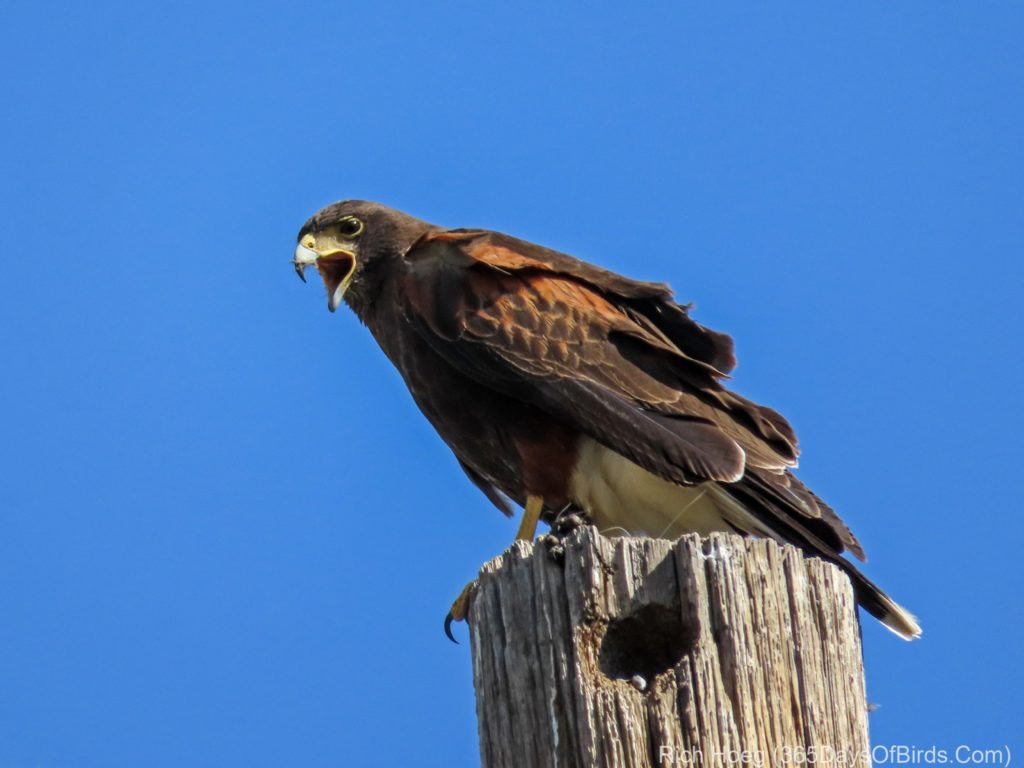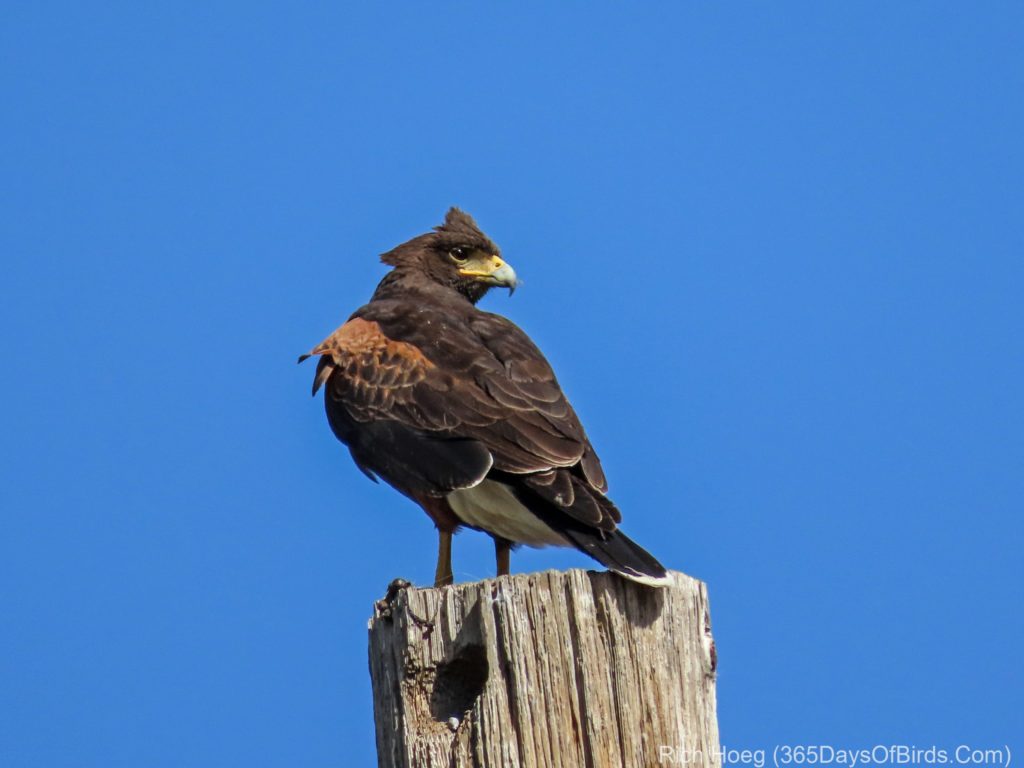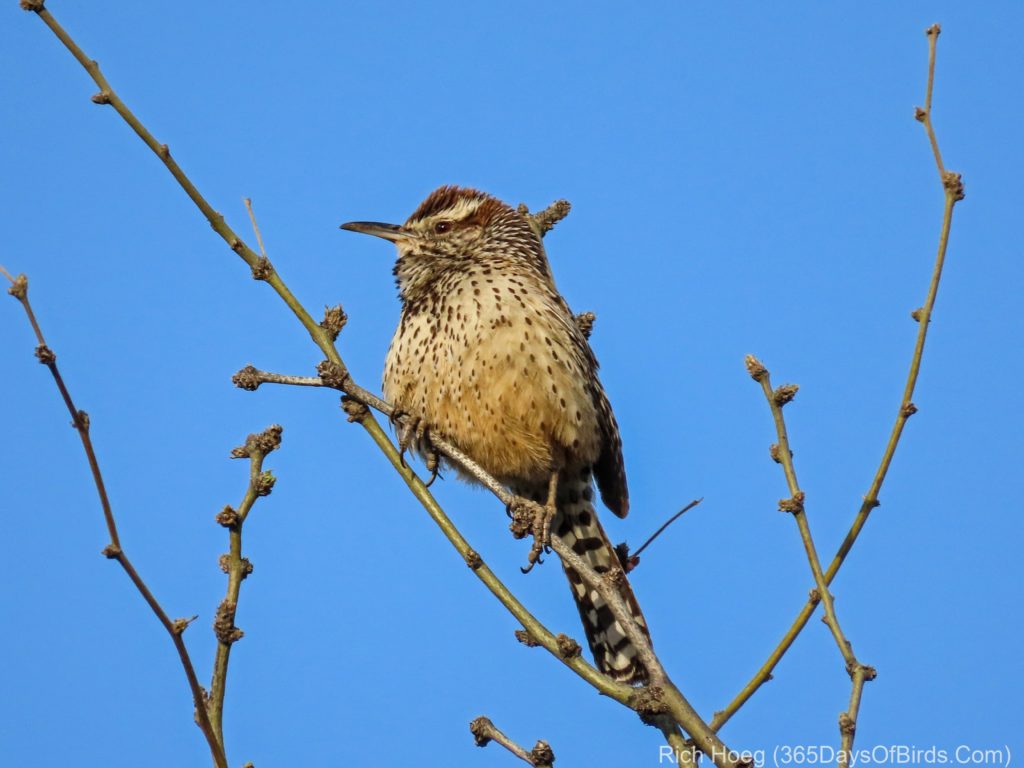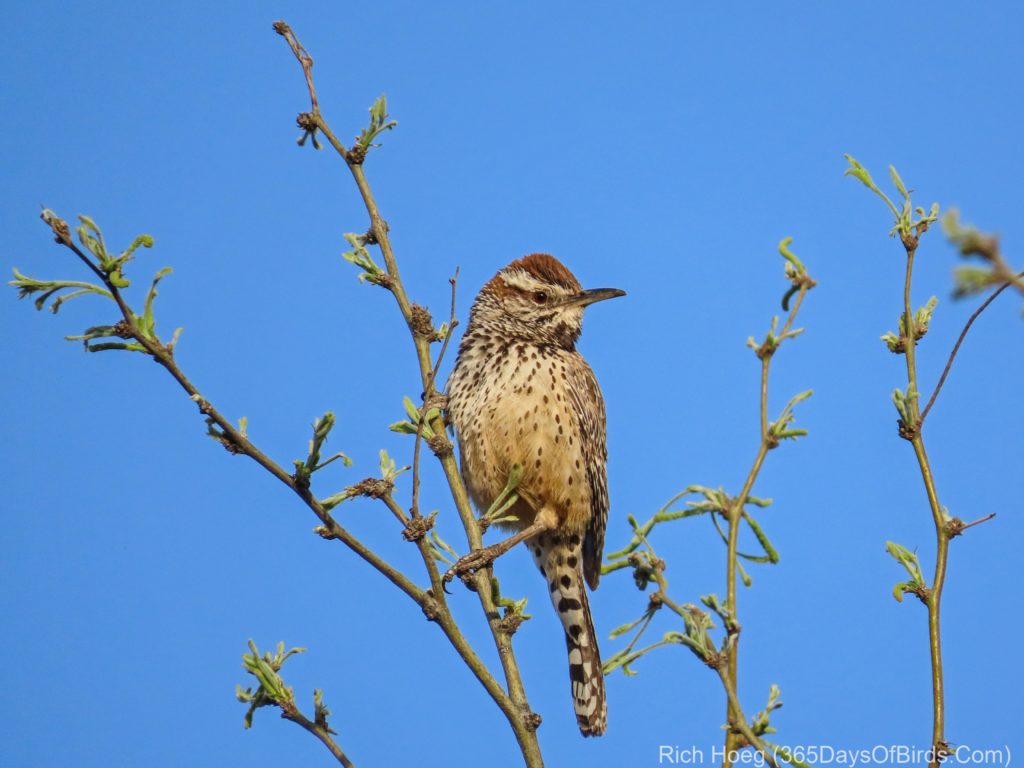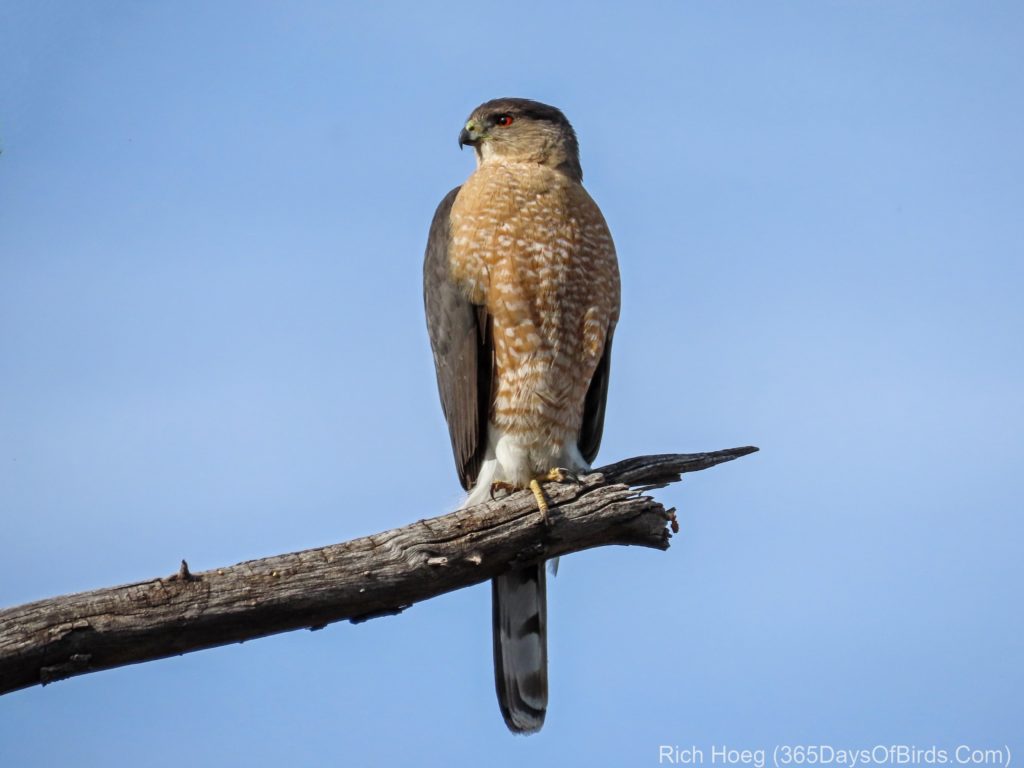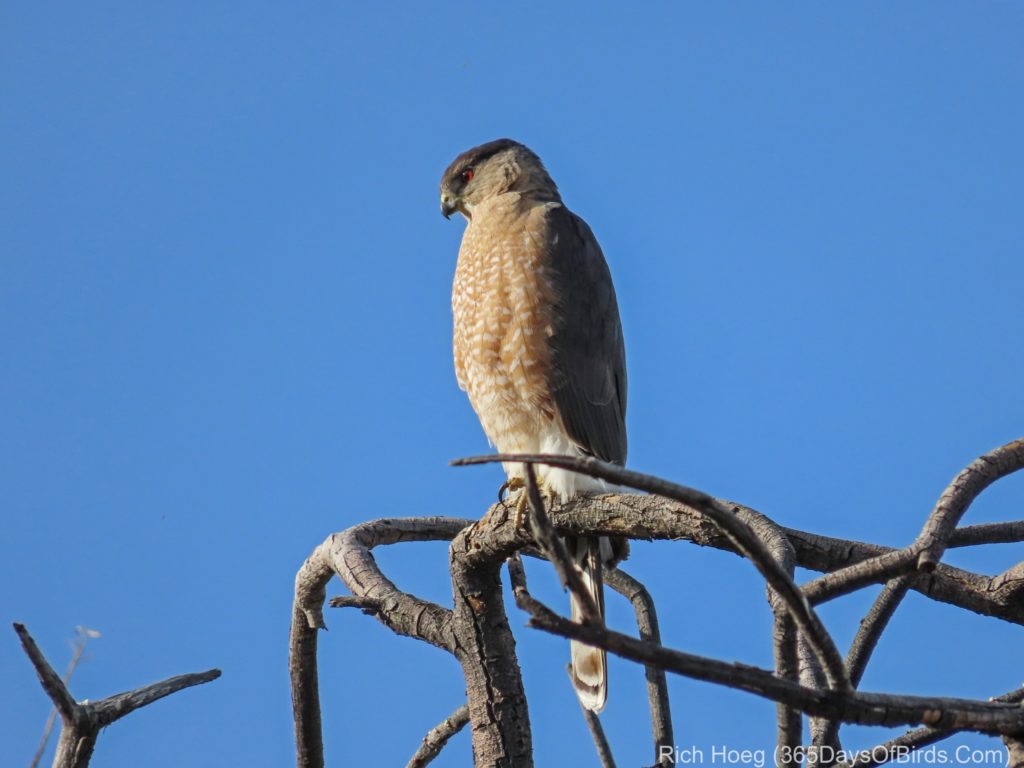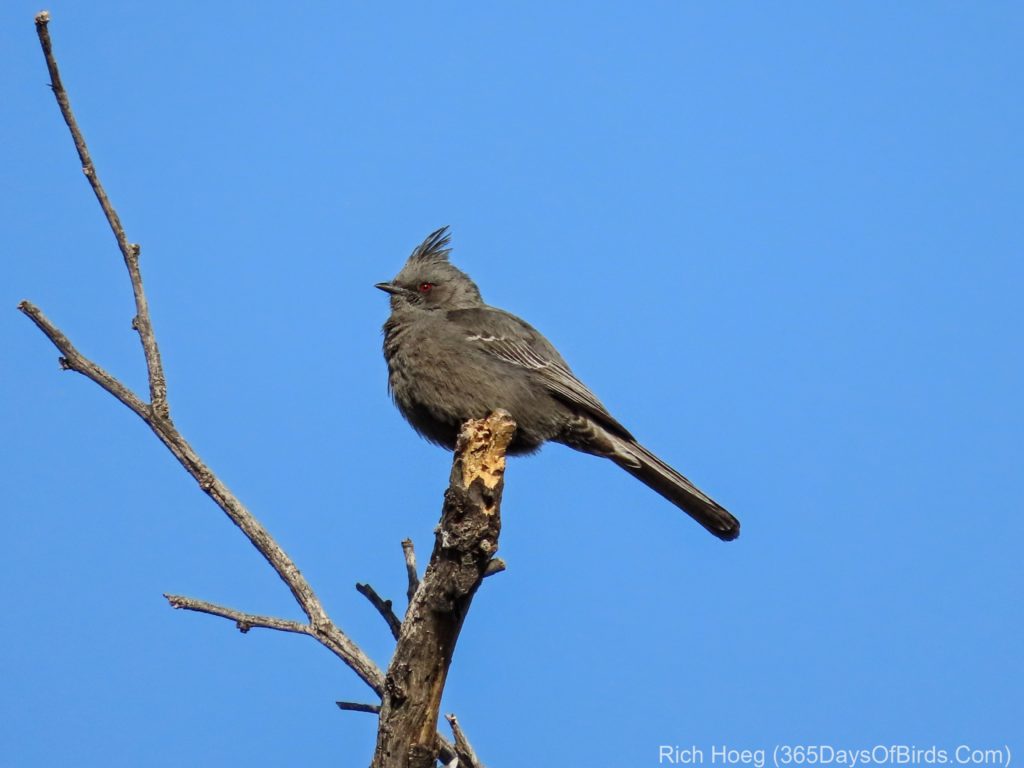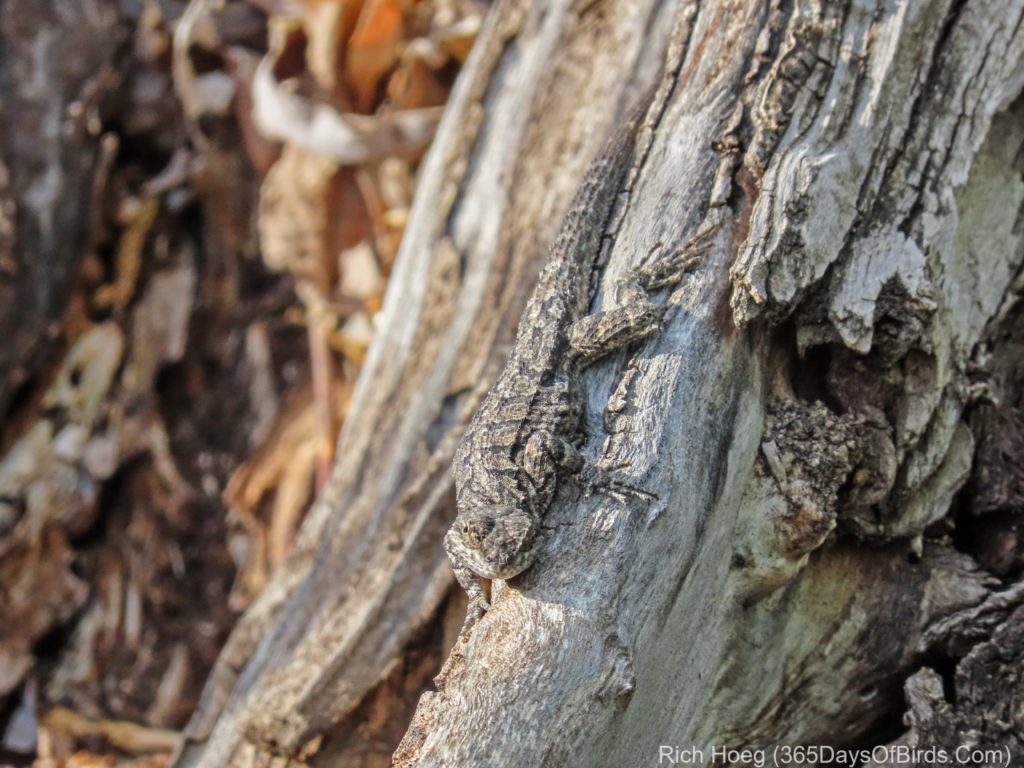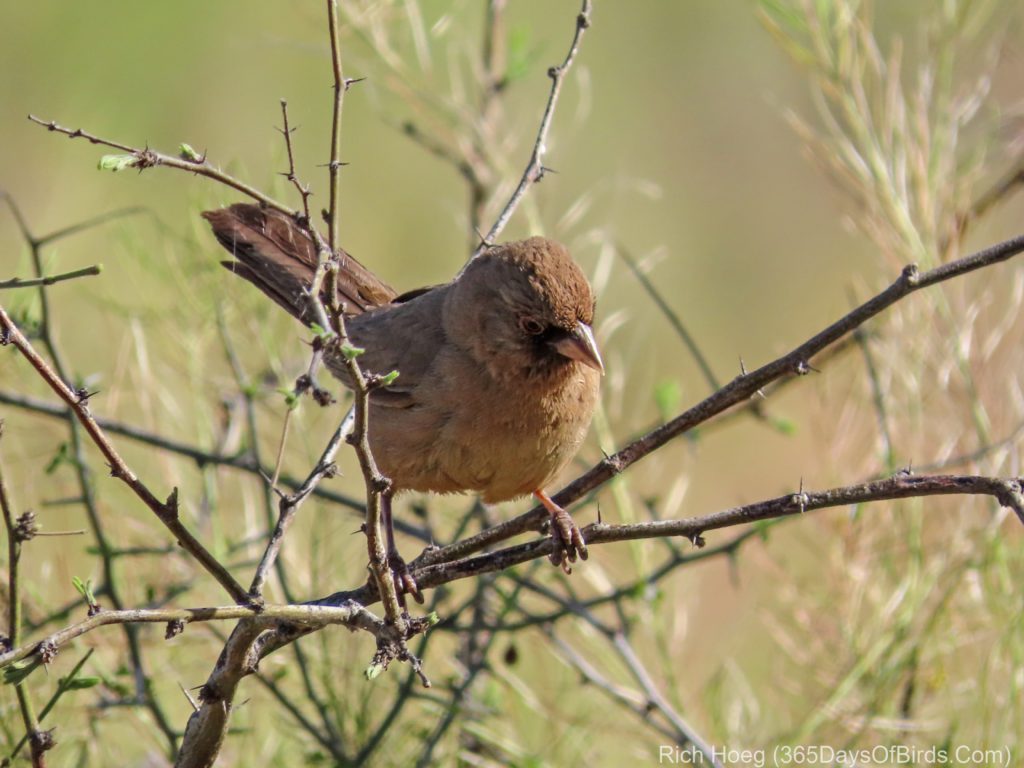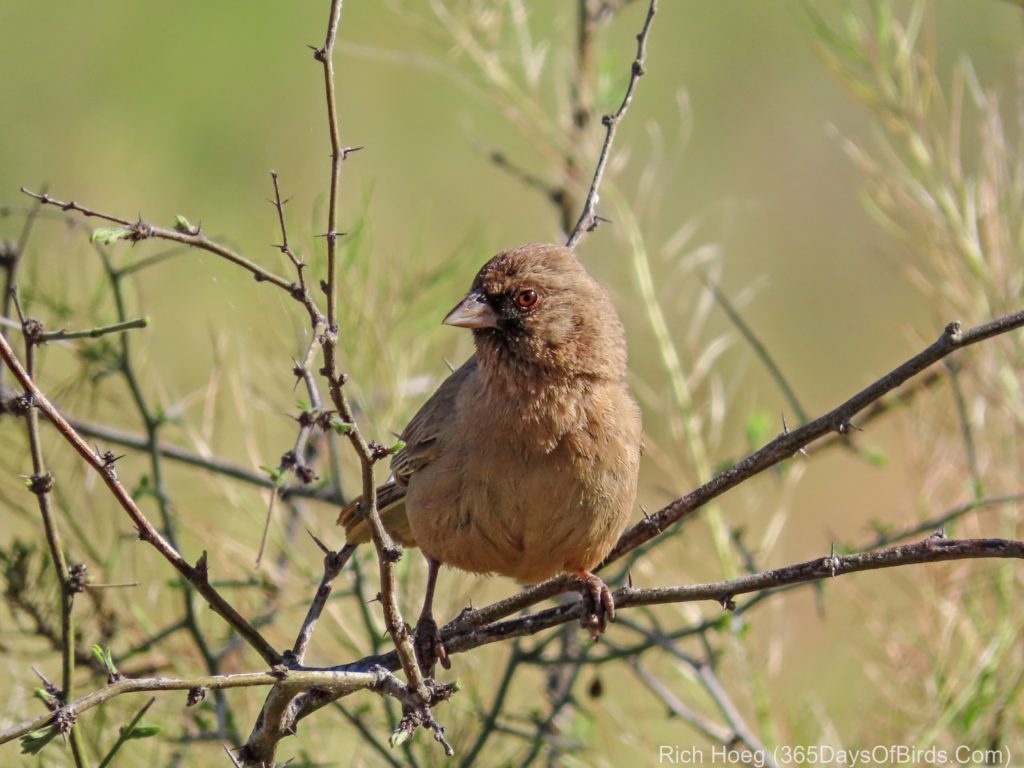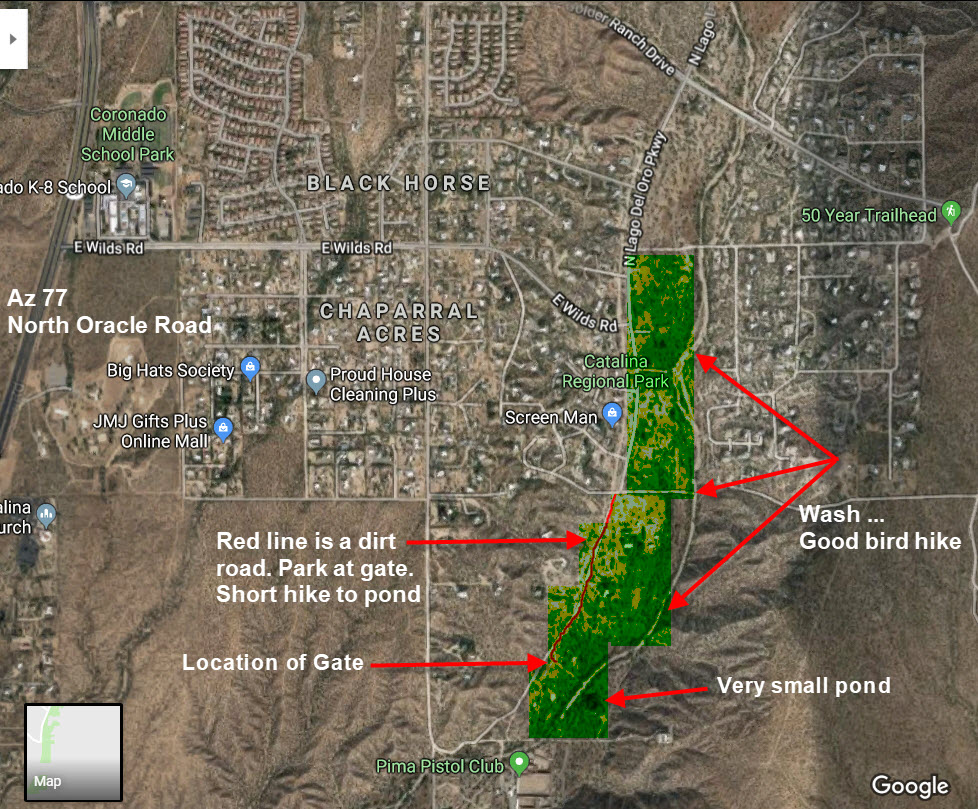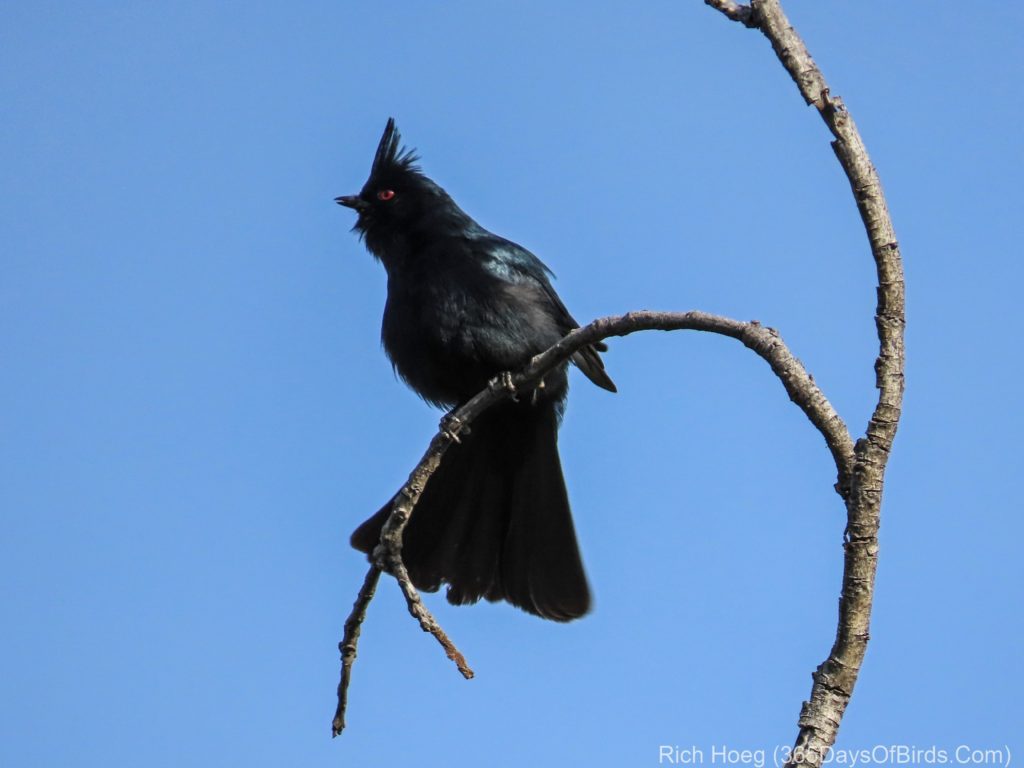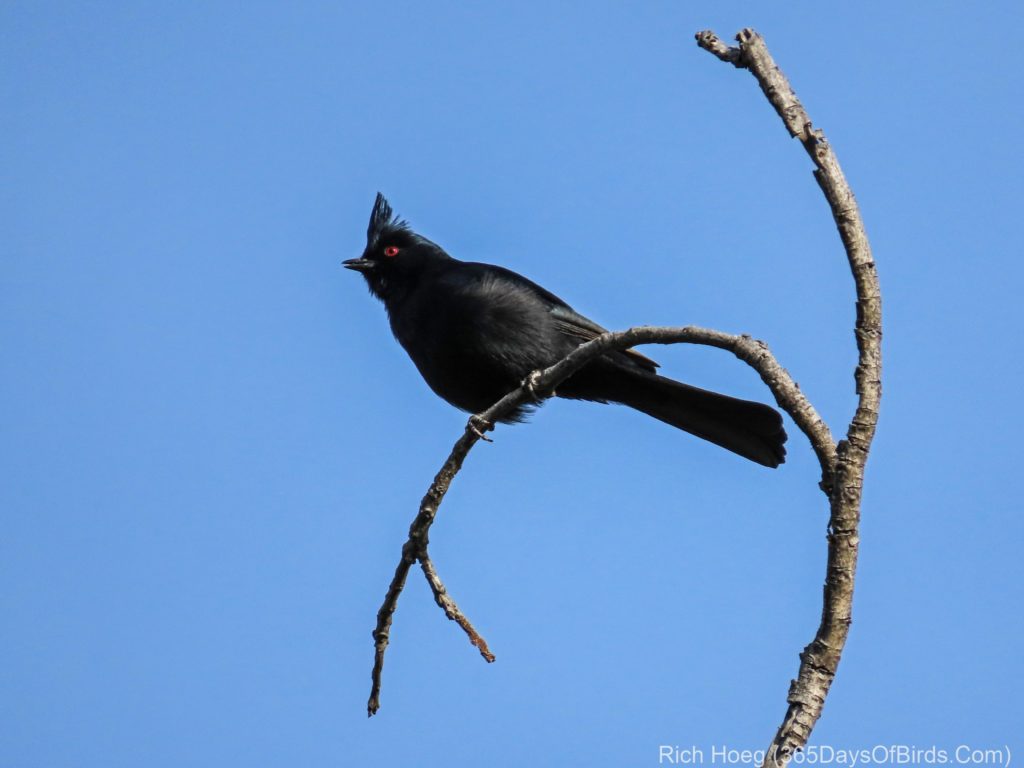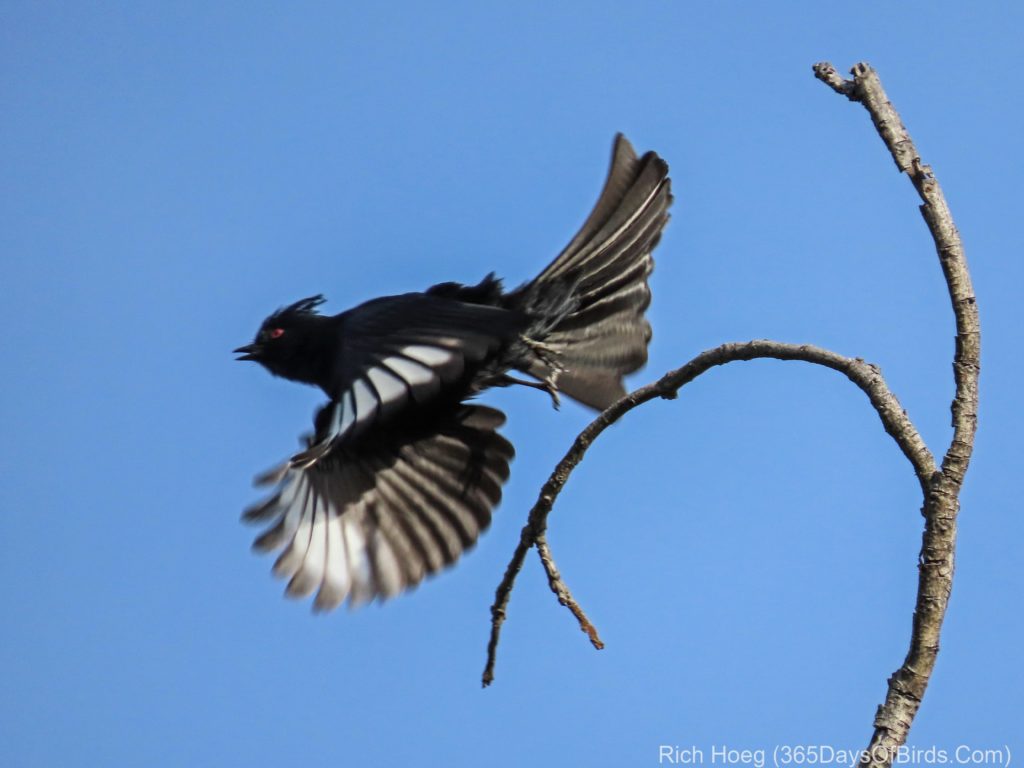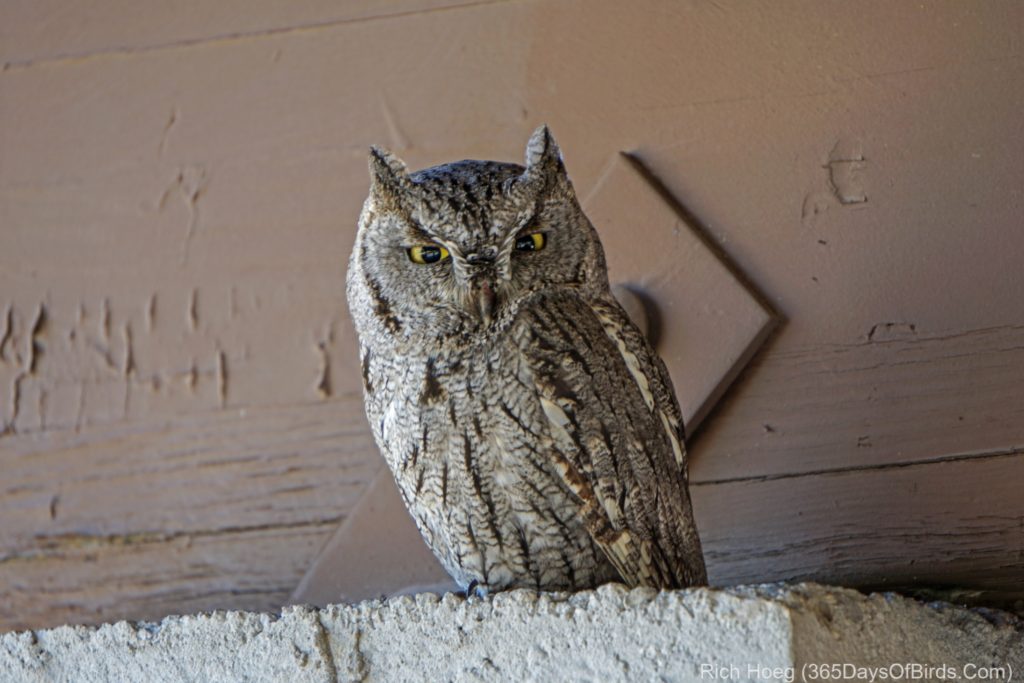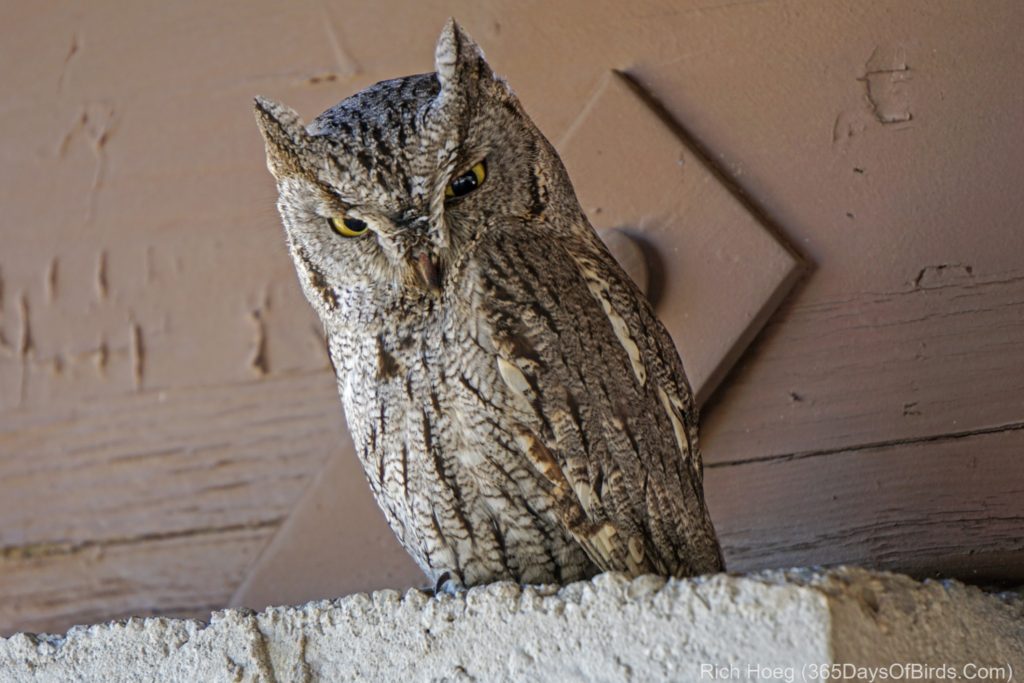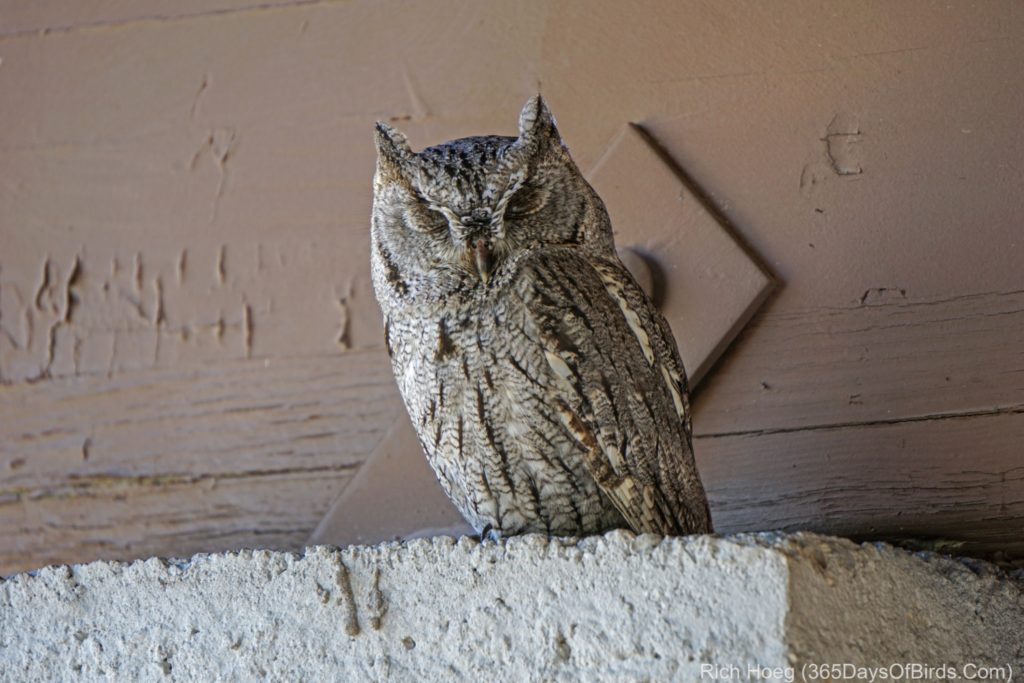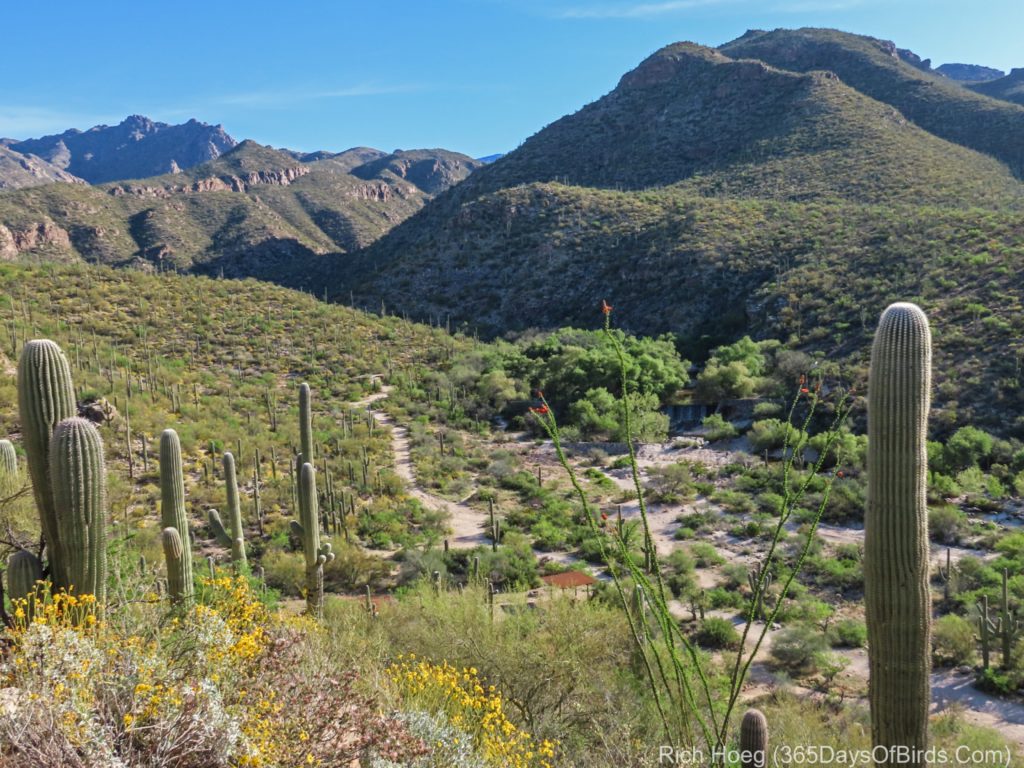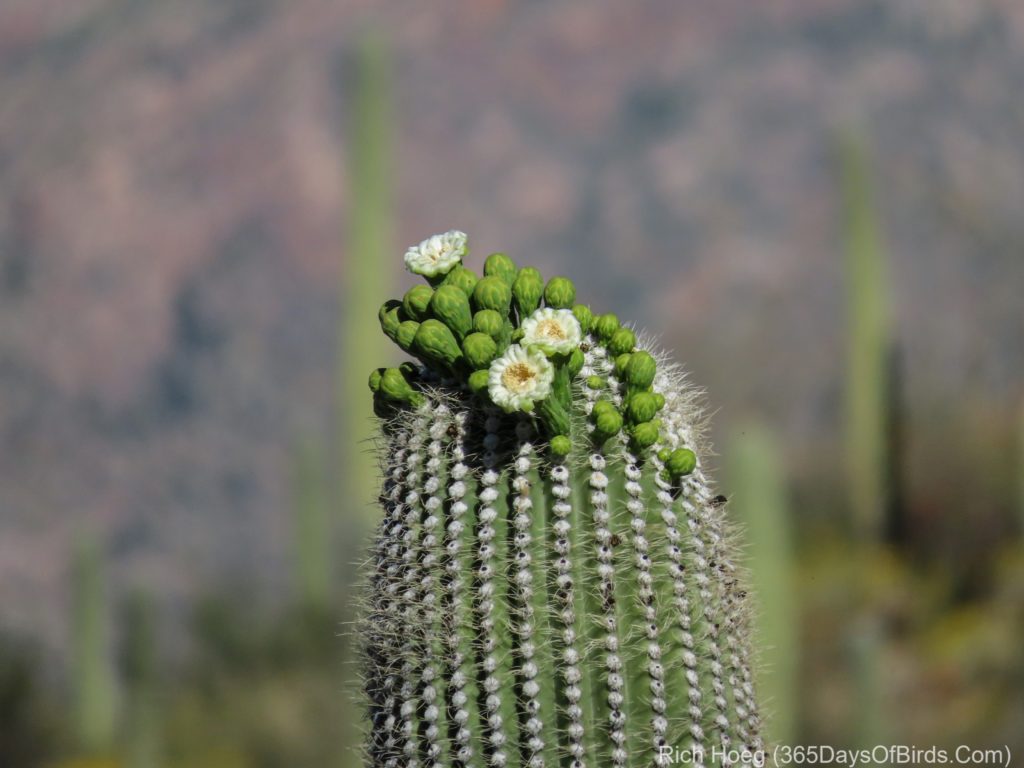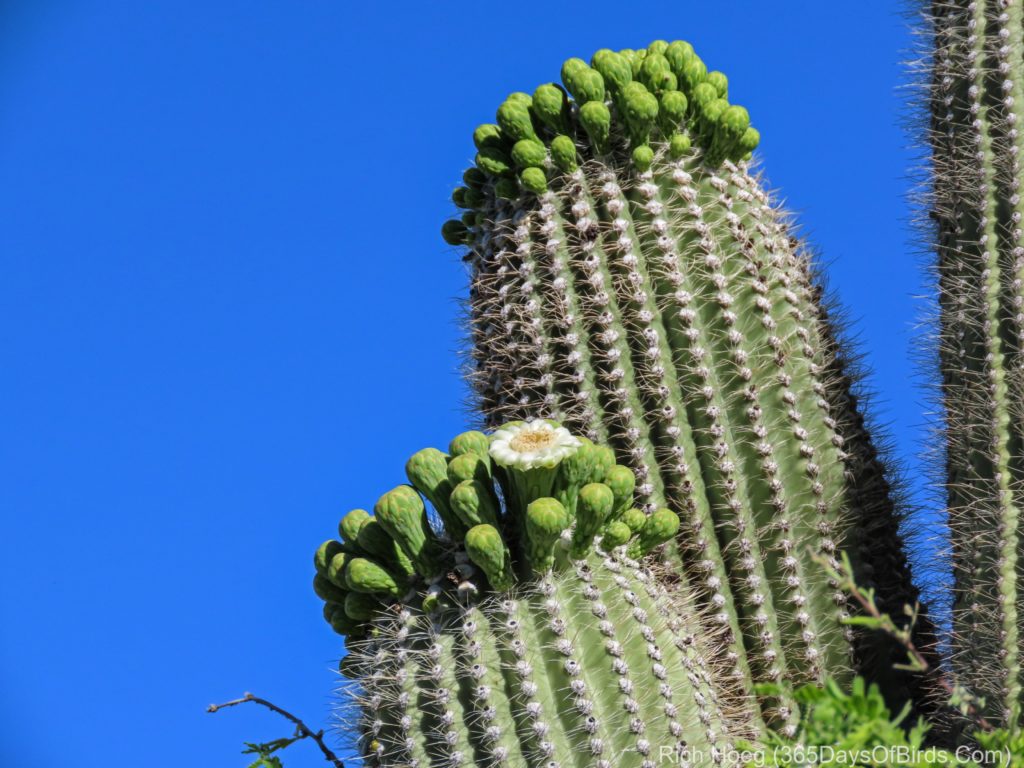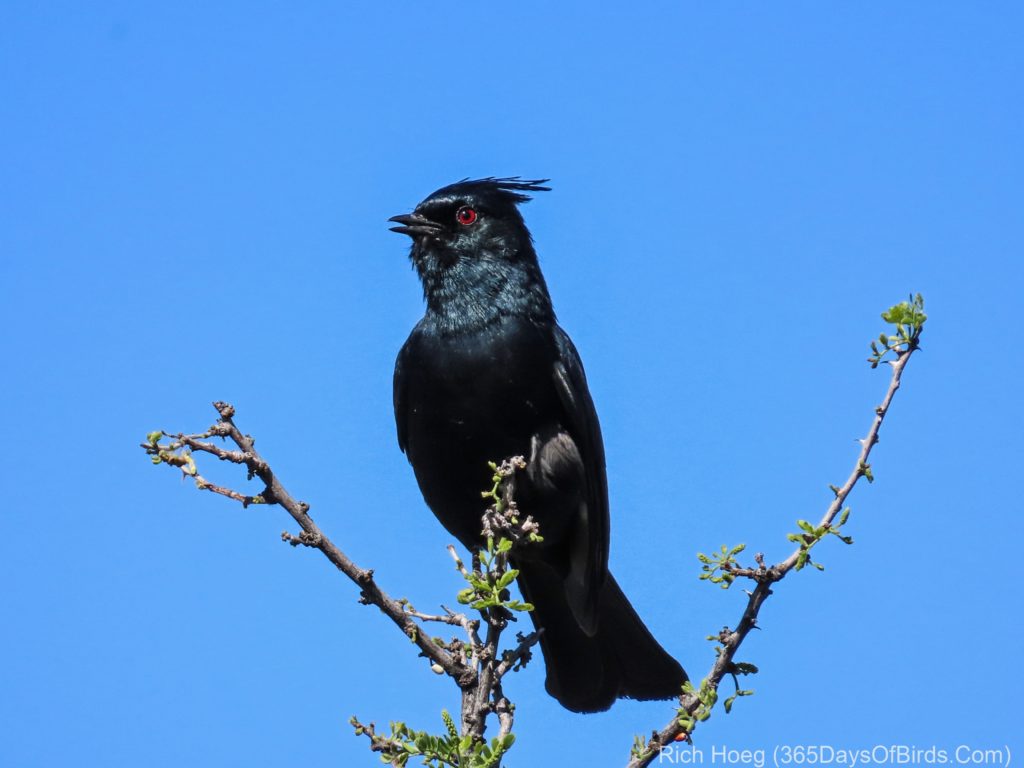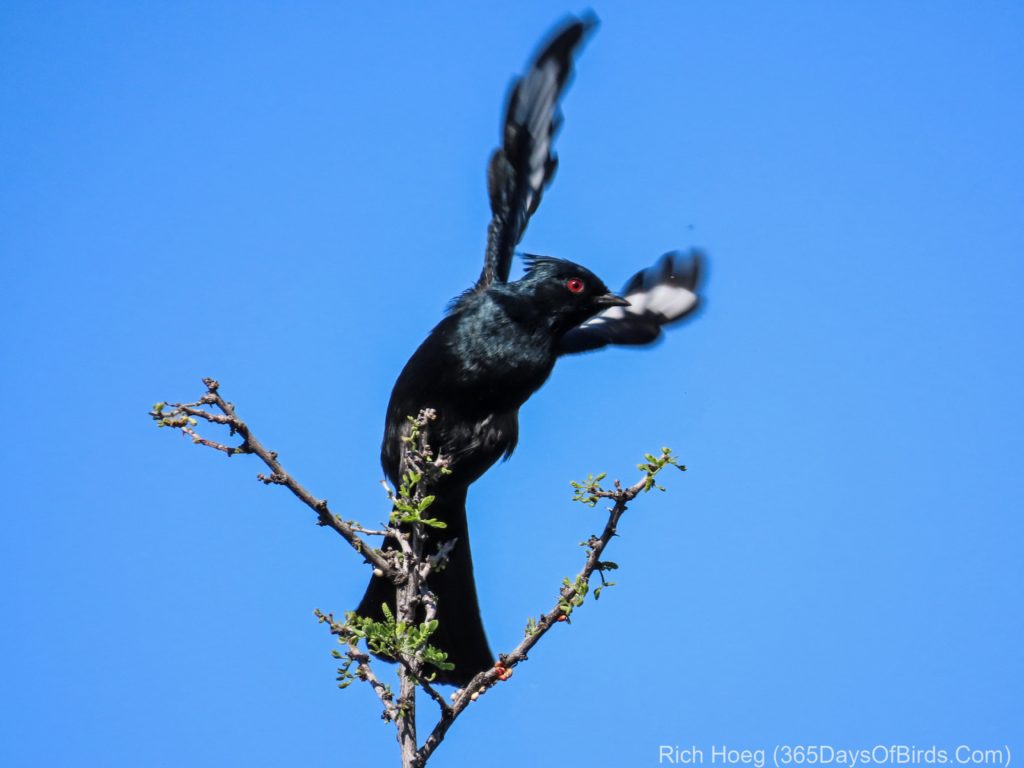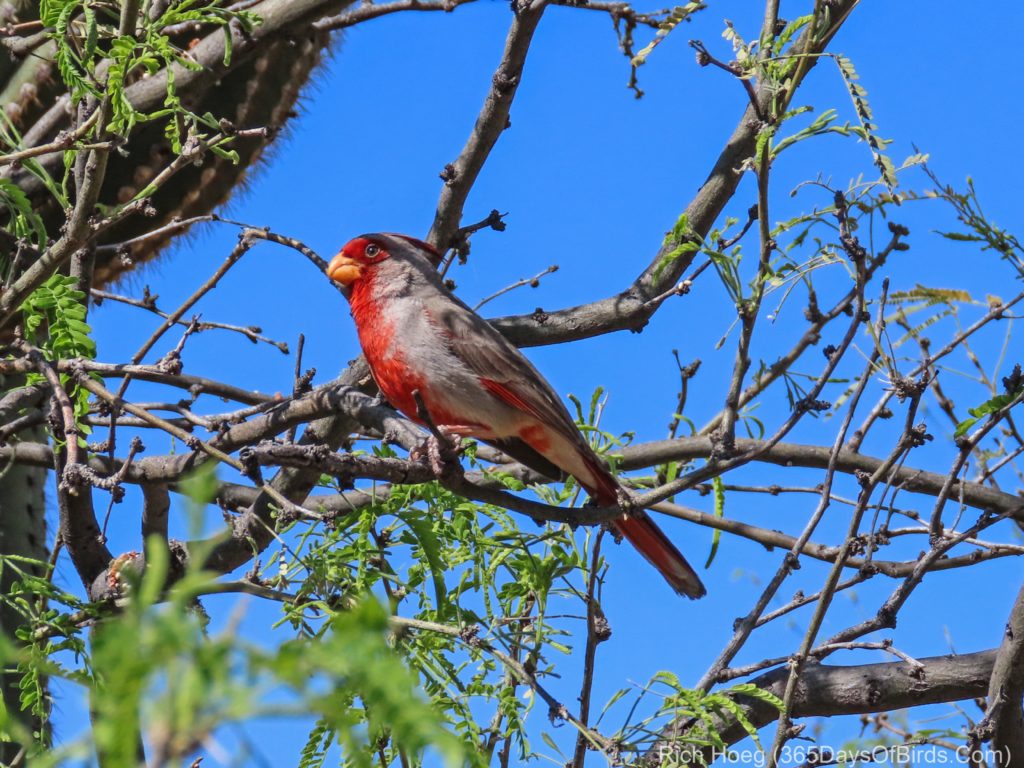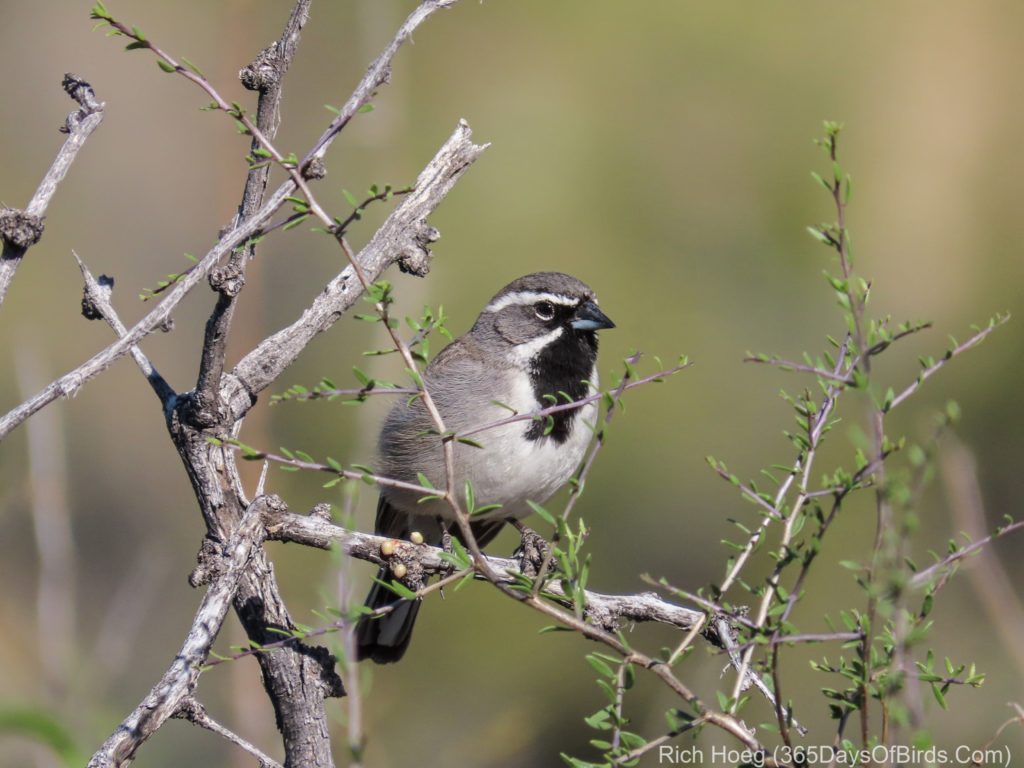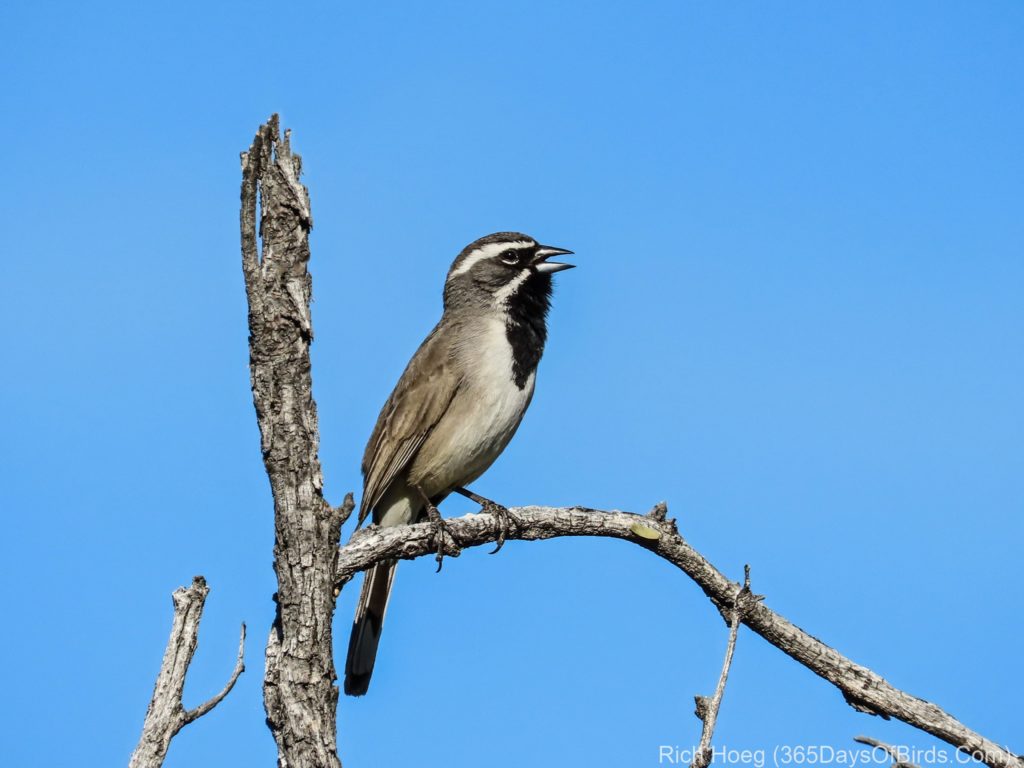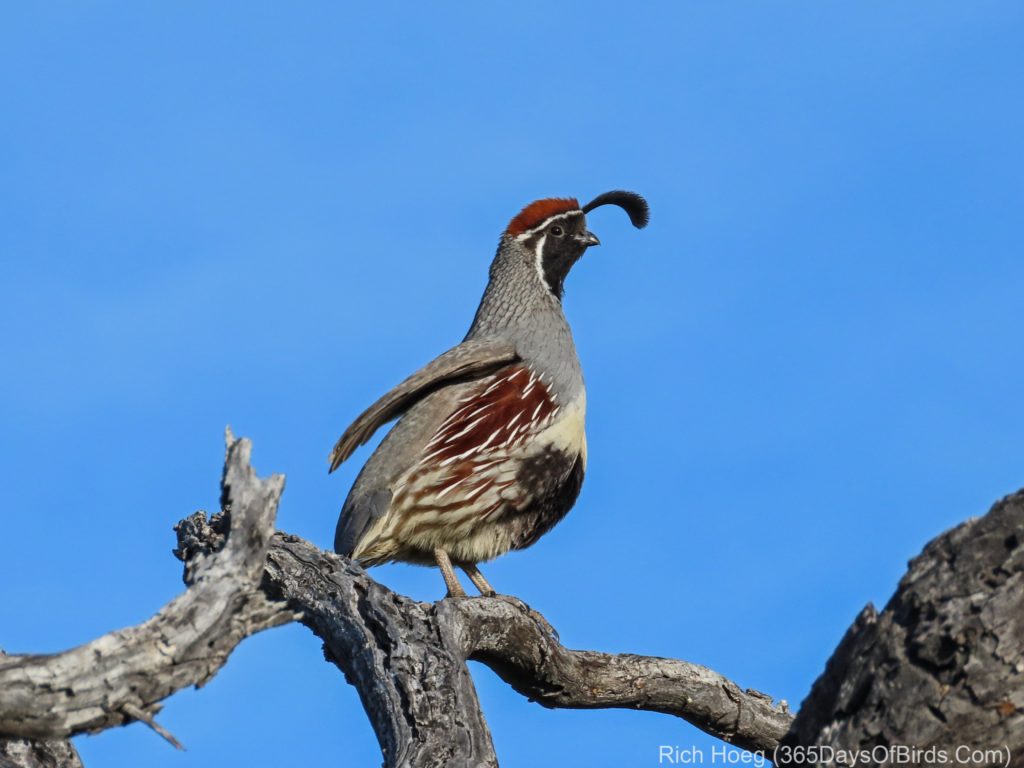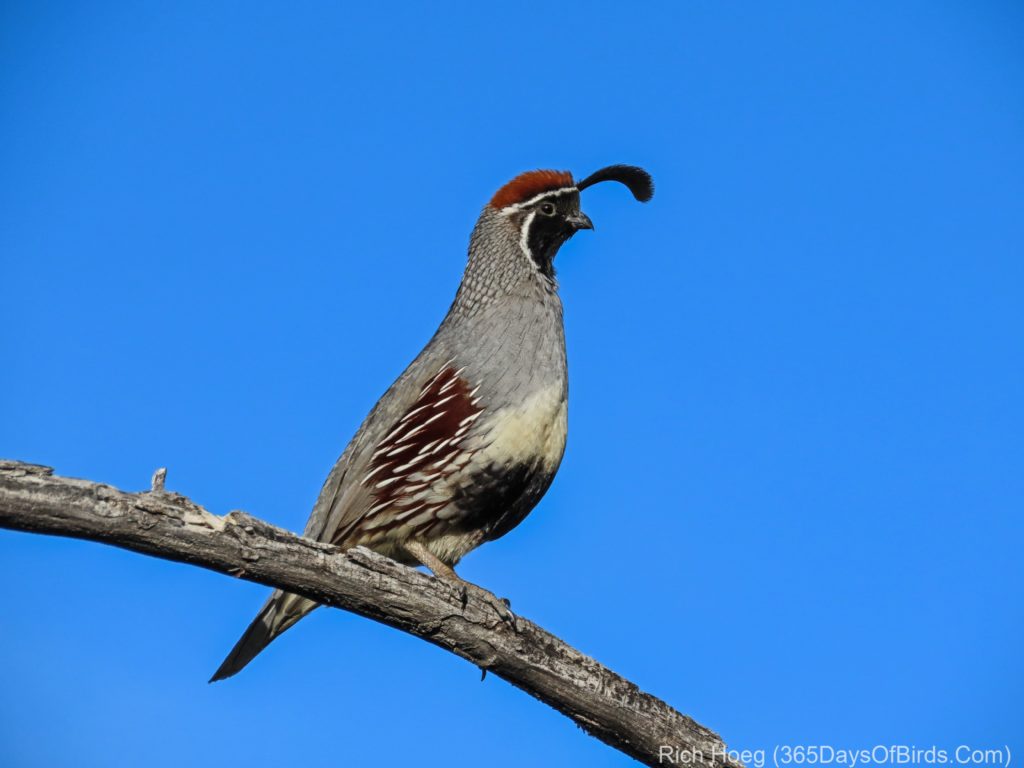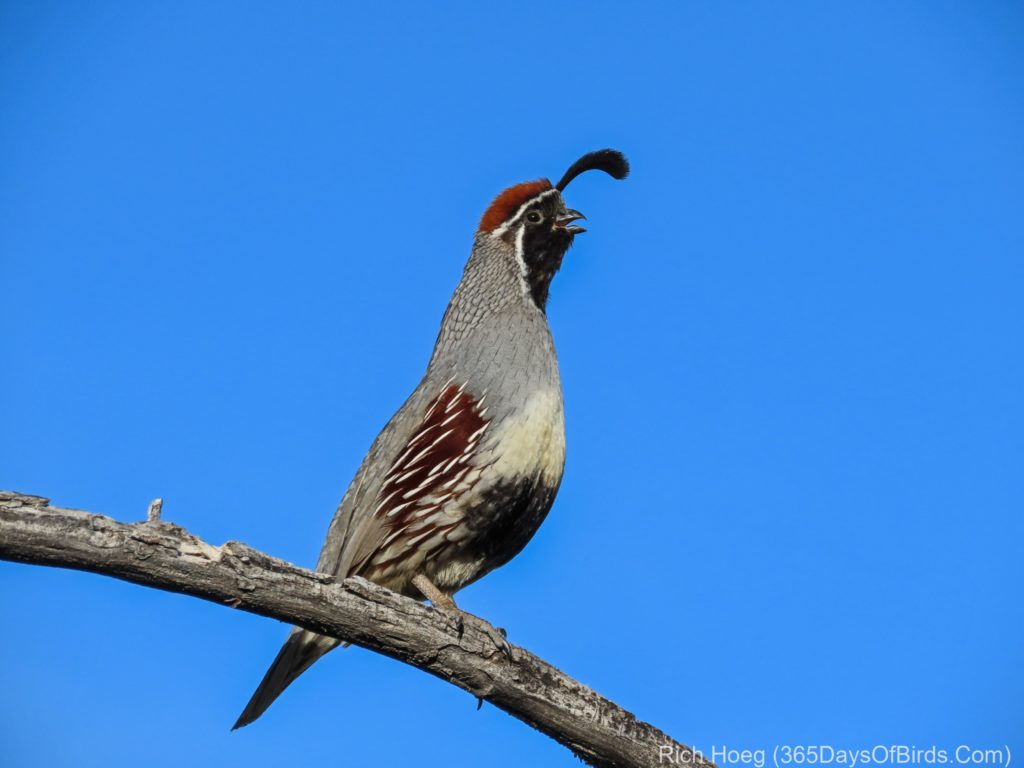While down here in Tucson I birded the known hot spots including Madera Canyon and Catalina State Park where I had repeated sightings of barns owls, this post is about a much lesser known birding location … the “other Catalina”. Approximately six miles north of the state park with the same name is Catalina County Park (eBird link). I had noticed a few eBird reports for this location, and when one report spoke of a small pond I had to try out birding at this location. The wash which runs through the county park is the same wash that ultimately gets down to the state park and bike trails a bit further south. Within the park is a very small pond. As noted, water in the desert equals birds. Better yet, next to the dirt road one drives to get to the gate where one parks (see map at bottom of post) are many horse corrals. In addition to water, small farms always always mean more birds due to the livestock feed and rodents which are attracted to same.
Over the past few days I have birded the county park each morning. My first morning I had the good fortune to meet up with a park maintenance worker, and got the scoop / low down from him. Just be advised this is not a developed park … no playgrounds of picnic area … just public land you are welcome to walk.
Tomorrow we start our trip back north. However, our route will be circuitous. The nasty weather is now exiting the Rockies and Great Plains, and the advance forecast for Sunday looks fantastic for Durango, Colorado. Bring on the Million Dollar Highway!
Catalina Regional Park Birds (link is to county park web site)
Yellow-Rumped Audubon Warbler (lifer)(a different bird from the Yellow-Rumps of the Boreal Forest in Minnesota)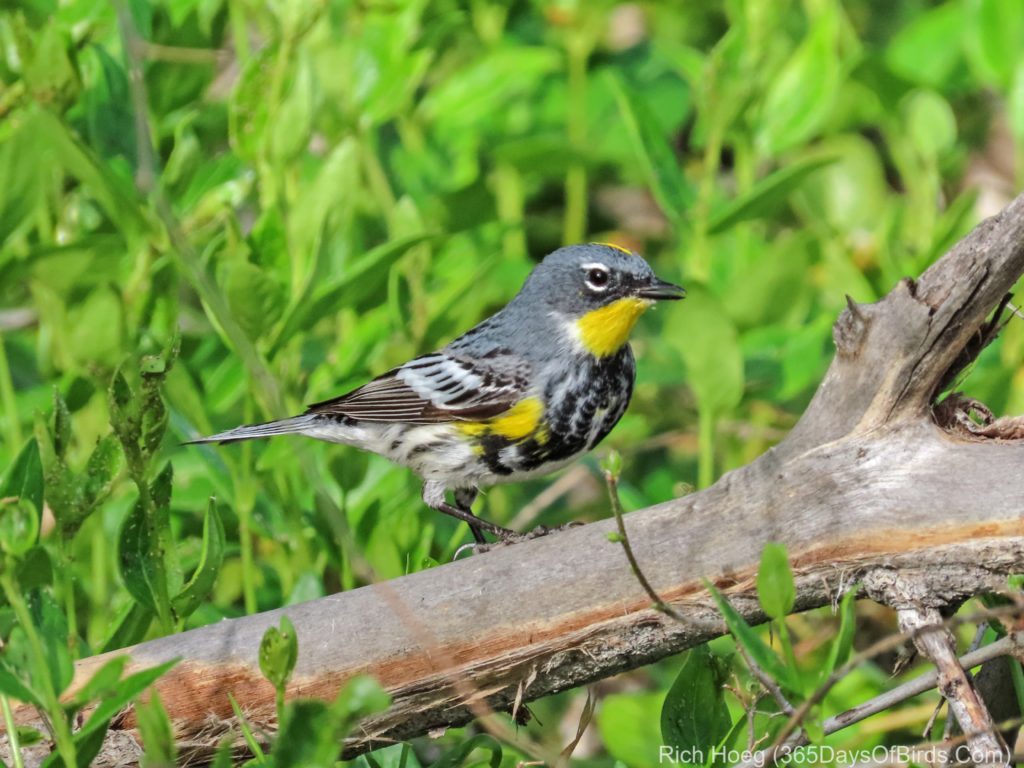
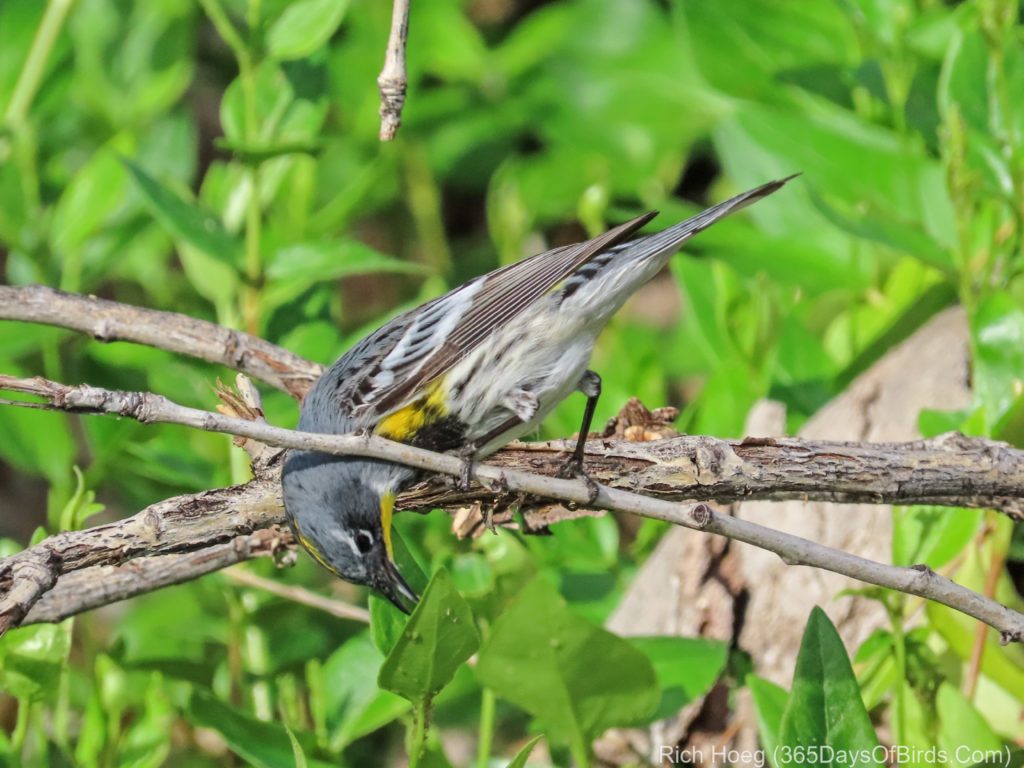
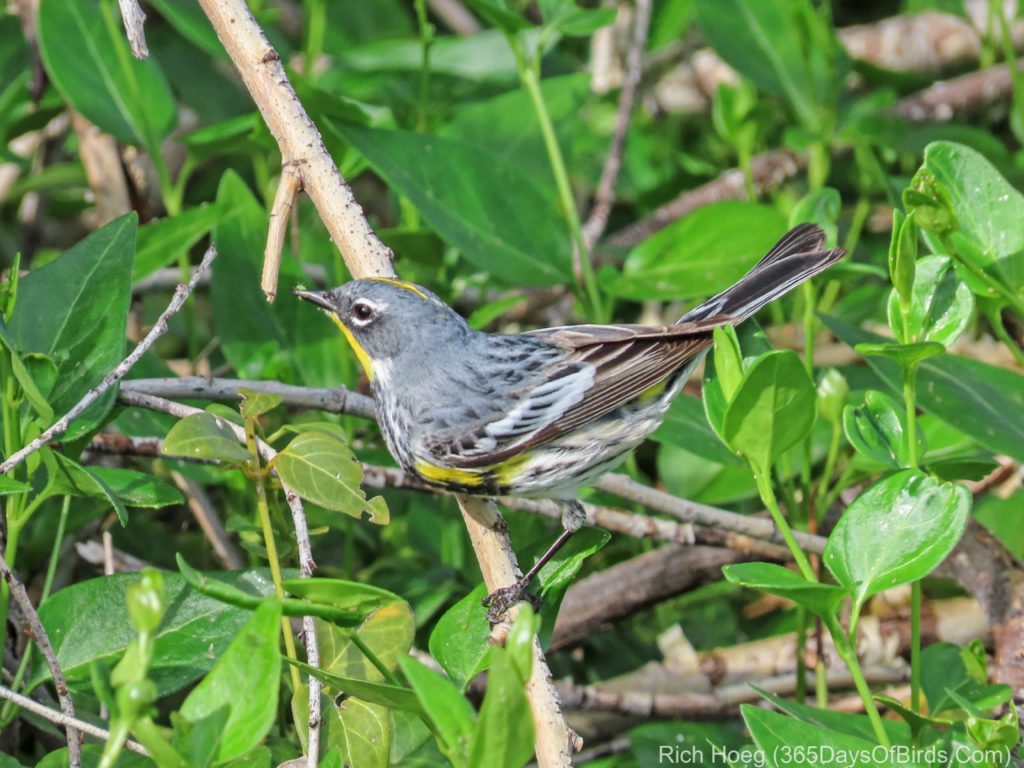
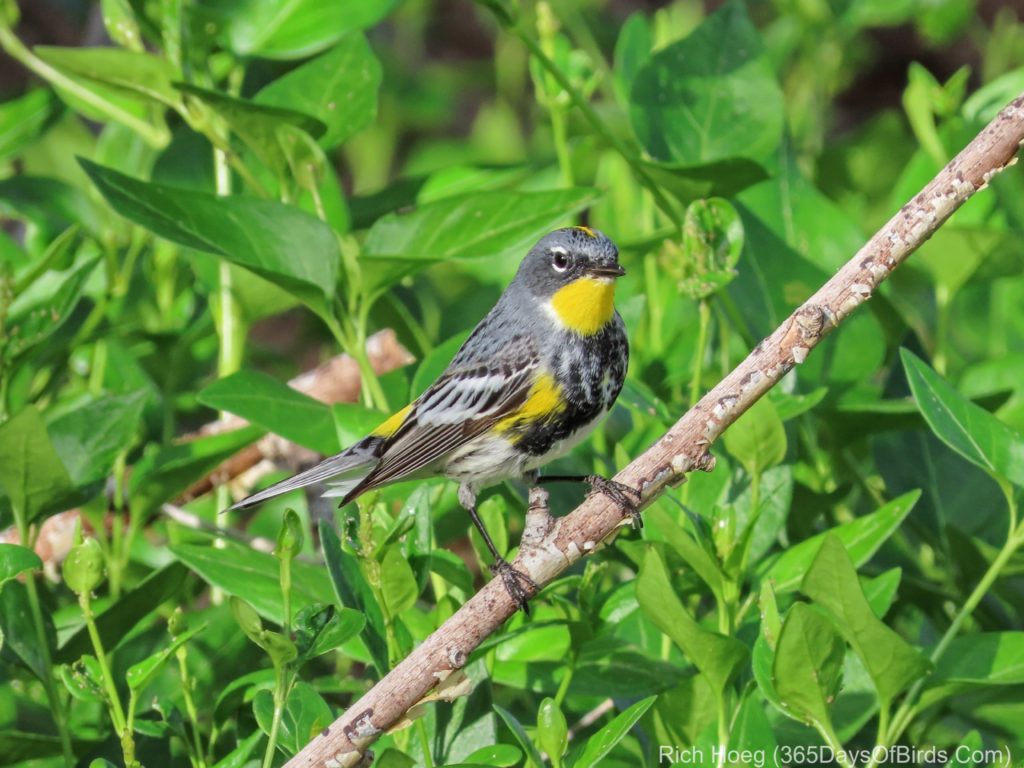
Ash Throated Flycatcher (lifer)